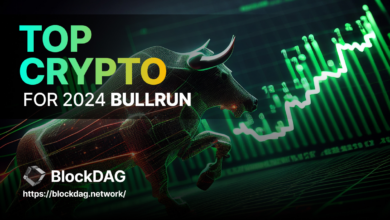Understanding the Current Grass Price Trends
Introduction to Grass Pricing
The cost of grass is a crucial element for various industries, including landscaping, agriculture, and gardening. Currently, the market price stands at an average of $3.13 USD per unit. This guide aims to delve into the factors influencing these prices and provide an insightful outlook on future trends.
Factors Influencing Grass Prices
Several elements play a significant role in shaping the cost of grass. Understanding these factors can help stakeholders make informed decisions:
1. Seasonal Changes
Grass prices often fluctuate with the seasons. During peak growing seasons, the demand for grass increases, which can lead to higher prices. Conversely, in colder months, the demand may drop, potentially lowering costs.
2. Climate Conditions
The weather directly impacts grass growth and availability. Droughts or excessive rain can affect supply, influencing the market price. In regions experiencing harsh climate conditions, the price of grass may rise due to scarcity.
3. Regional Demand
Grass demand varies by region. Urban areas with high landscaping and gardening activities may experience higher grass prices than rural areas where agriculture dominates. This regional demand plays a crucial role in price determination.
Market Predictions for Grass Pricing
Looking forward, experts predict that grass prices will remain stable with slight fluctuations based on seasonal and environmental factors. Innovations in sustainable grass cultivation could also impact future pricing, potentially leading to more cost-effective solutions for consumers.
Conclusion: Navigating the Grass Market
In conclusion, understanding the nuances of grass pricing requires an awareness of the underlying factors such as seasonality, climate, and regional demand. By staying informed, businesses and consumers alike can make strategic decisions that align with market conditions.






